Have you ever been thrilled at the prospect of a spontaneous, one-way adventure, only to be met with a bafflingly high price tag? You check the round-trip fare for the same route, and to your surprise, it’s significantly cheaper. It feels counterintuitive, like paying more for half the product. This article Onward Free will unravel the mystery behind Why Are One-Way Tickets So Expensive than a return one.
Why Are One-Way Tickets So Expensive?
The seemingly illogical pricing of one-way tickets stems from a core airline strategy: maximizing revenue by understanding and segmenting its customers. It’s not about the distance or the fuel for one flight versus two; it’s about who is buying the ticket and why.
The “Business Traveler” vs. The “Leisure Traveler” Profile
Airlines have historically built their pricing models around two distinct customer profiles:
- The Business Traveler: This traveler often needs to fly at a moment’s notice for a meeting or conference. Their plans are rigid in timing but require flexibility if meetings run long or end early. Crucially, their ticket is typically paid for by their company, making them less sensitive to price. They are the prime candidates for booking one-way flights.
- The Leisure Traveler: This traveler, often on vacation, plans their trip well in advance. Their dates are usually fixed, and they are highly sensitive to price, searching for the best deals. They almost always book a round-trip ticket.
Airlines capitalize on this by pricing one-way fares at a premium, knowing that business travelers (or anyone in an urgent situation) will pay the higher price for the convenience and flexibility they require.
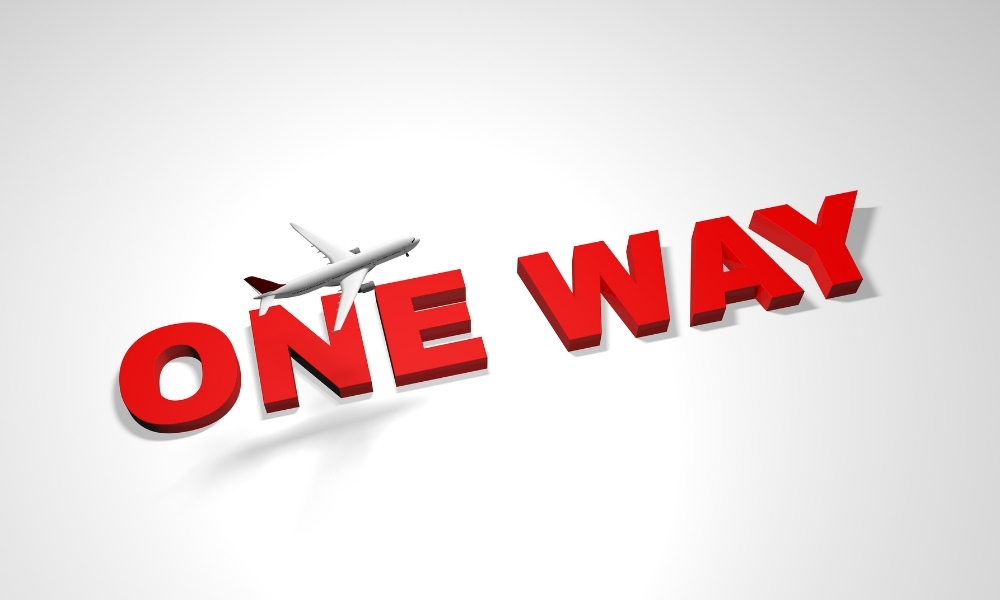
“Fare Fences”: Keeping the Two Worlds Apart
To stop price-sensitive leisure travelers from snagging the flexible, last-minute fares intended for business clients, airlines created “fare fences.” These are rules and restrictions designed to separate the two markets. Common fences include:
- Saturday Night Stay: A classic rule requiring a traveler to stay over a Saturday night to qualify for a cheaper fare, effectively excluding most business travelers who want to be home for the weekend.
- Advance Purchase: Requiring tickets to be booked 7, 14, or 21 days in advance.
- Minimum/Maximum Stay: Restricting how long you can stay at your destination.
One-way tickets often have none of these restrictions, automatically placing them into a higher, more flexible, and thus more expensive, fare category.
The Rise of Low-Cost Carriers
The landscape has been changing, thanks to the rise of low-cost carriers like Southwest, Spirit, and Ryanair. These airlines disrupted the traditional model by pricing their flights on a simple, one-segment basis. With these carriers, a round-trip flight is simply the cost of two one-way tickets combined. This transparent pricing has forced legacy airlines to compete, especially on shorter, domestic routes.
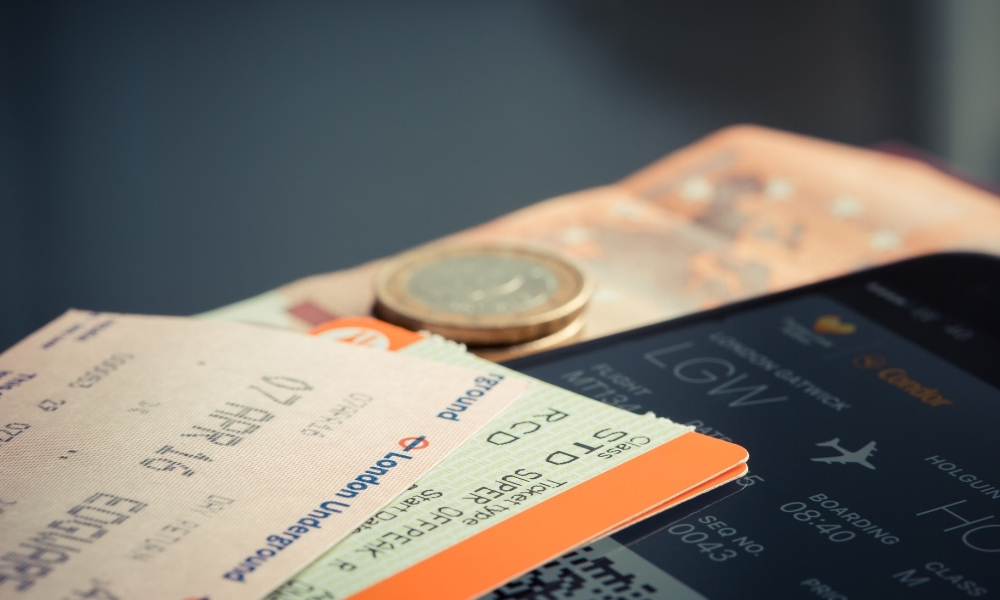
International vs. Domestic Flights
The significant price gap between one-way and round-trip tickets is most pronounced on long-haul, international flights. On these routes, traditional legacy carriers still hold significant market share and continue to use the older, more complex pricing models. While you might find a reasonably priced domestic one-way ticket, you’re much more likely to experience “sticker shock” when booking a single international leg.
The “Proof of Onward Travel” Predicament
Here’s where the high cost of one-way tickets becomes a real headache for modern travelers like backpackers, digital nomads, and long-term explorers. Many countries require visitors to show proof that they intend to leave the country within the visa’s permitted timeframe. This “proof of onward travel” is a standard check at airline counters and immigration desks.
This creates a catch-22. If your travel plans are open-ended, you’re forced to either:
- Buy an expensive, flexible one-way ticket back home that you might not even use.
- Purchase a cheap, non-refundable round-trip ticket and simply “throw away” the return leg, which is still a waste of money.
Your Solution: Navigating the System with Onward Free
You shouldn’t have to sacrifice your travel budget or your flexibility to satisfy an entry requirement. This is precisely where Onwardfree.com comes in. We provide a simple, affordable solution for the modern traveler.
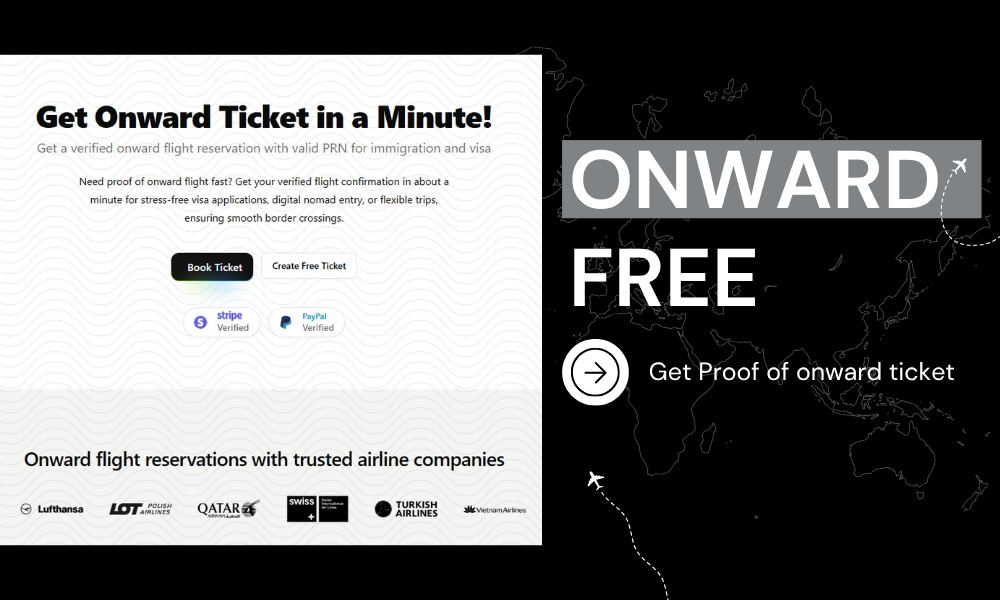
With our service, you can get a legitimate, verifiable flight reservation to present to airline and immigration officials. Here’s how it helps:
- Save Money: For just $15, you can secure an Onward Ticket, a real booking that confirms your intent to leave the country. This saves you from buying a costly and unnecessary full-fare ticket. We also offer a free Dummy Ticket for situations where a simple itinerary is all you need.
- Maintain Flexibility: Your travel plans remain completely open. You are not locked into a specific return date or destination. Explore at your own pace, and book your actual flight out when you’re ready.
- Travel with Confidence: Avoid the stress and potential denial of boarding at the airport. Our service provides you with the documentation you need to travel smoothly and with peace of mind.
Conclusion
This is the answer to “Why Are One-Way Tickets So Expensive?”. For the savvy traveler who values both freedom and their budget, the services of Onwardfree.com are the key. Don’t let airline pricing rules dictate your journey. Travel smarter, keep your plans flexible, and let your adventure unfold on your own terms. For a flexible and affordable solution, get your $15 Onward Ticket or Free Dummy Ticket for visa applications at OnwardFree.com. Travel prepared, and enjoy your adventure!

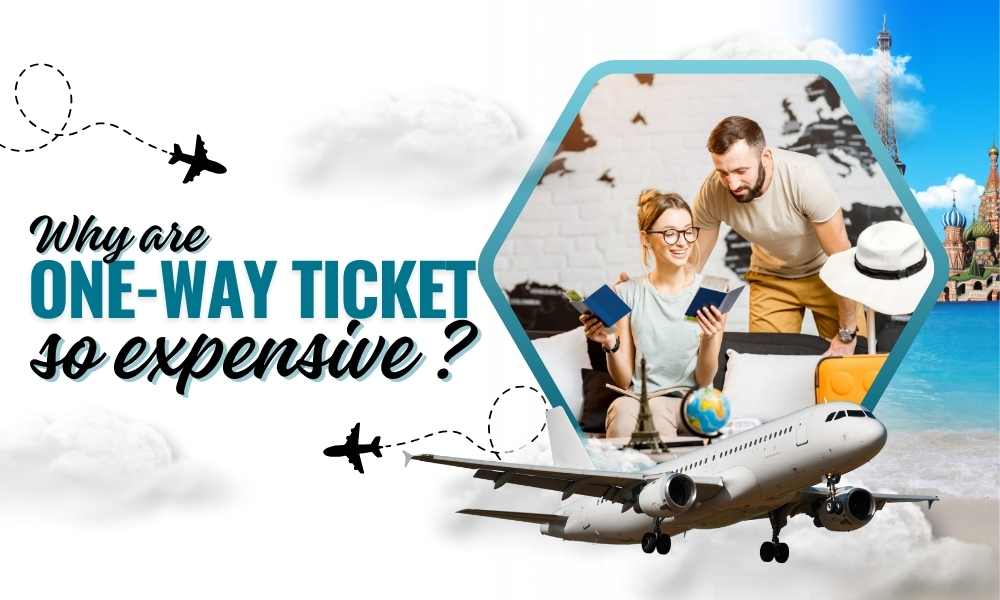
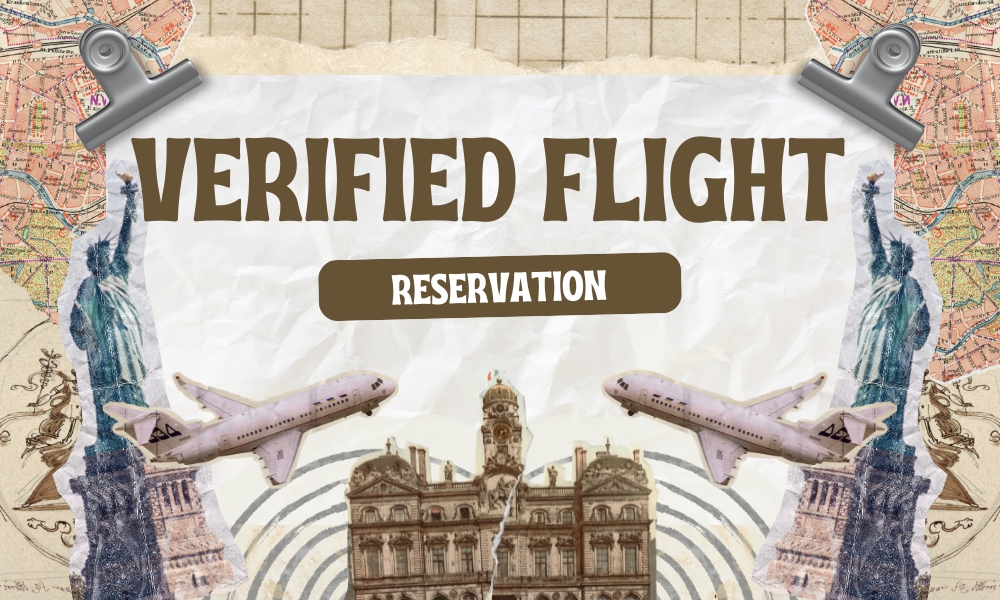
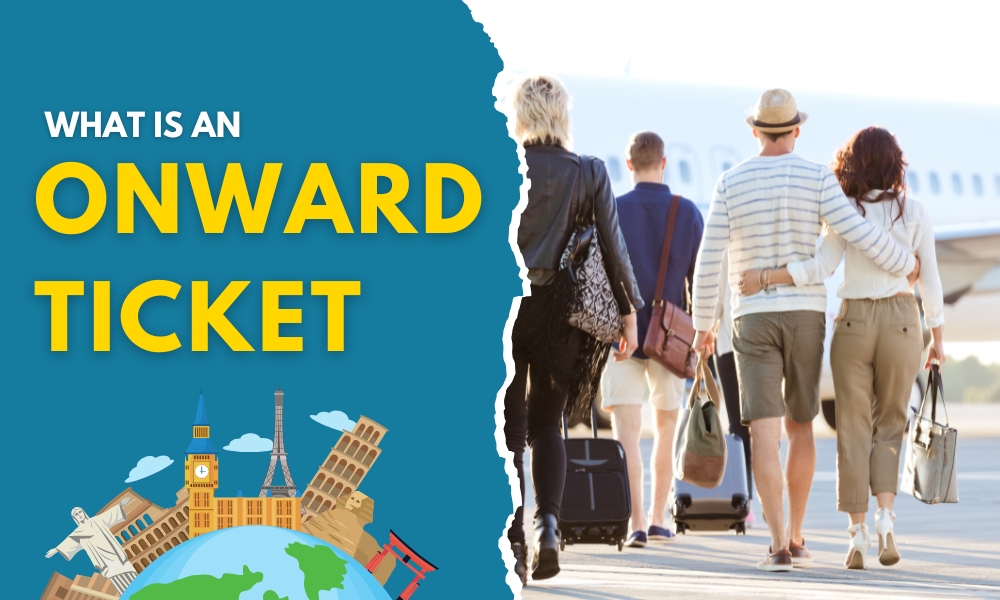


0 Comments